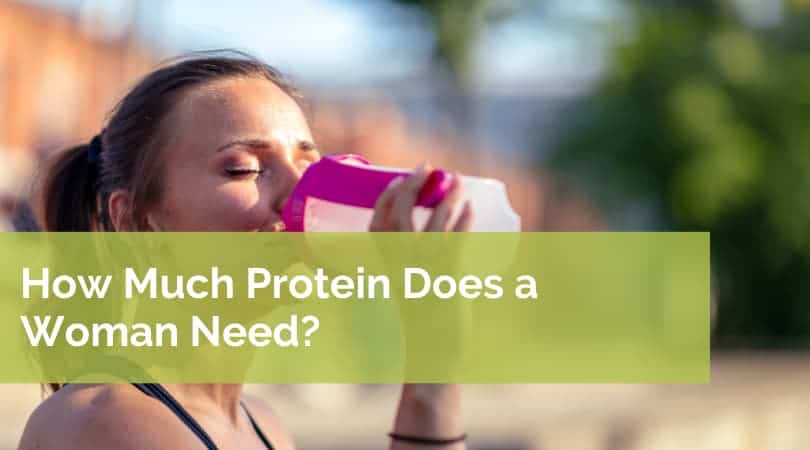
Health and nutrition advice is all around us, but unfortunately it’s often conflicting and can be confusing. Social and personal factors play a major role in dictating what we believe to be healthy and how we pursue general wellness. This includes things like commercials, advertisements, social media, and opinions from colleagues, peers, friends, and family. The toughest part is that it’s impossible to determine what’s accurate, and that there’s no way to escape the constant marketing for our attention and money.
The health and beauty industry has heavily targeted women which has historically promoted unfair and unsafe practices. The new age of technology and social media has further complicated things. Just the thought of searching for health tips online can make anyone’s head spin. The volume of articles and social media accounts designed to specifically target women with alleged health information is maddening.
With social and conventional media being literally at the tip of everyone’s fingers, it is no surprise that we live in a world where more people are giving unsolicited, incorrect, and at times dangerous advice. Everyone claims to be an “expert” about YOUR health. The truth is, many of the loudest voices talking about health and nutrition tips are people without relevant credentials and who don’t know the first thing about you. Needless to say, constantly being bombarded with inaccurate information can be destructive and confusing to your body, mind and spirit.
Particularly menacing is when these “tips” give advice that deprives your body of much-needed nutrients. Restrictive diets are at the top of the list when it comes to “quick fix” marketing tactics for weight loss and improved health. Some of the most common diet patterns are ones that impair a person’s ability to meet certain nutrition needs, such as calorie restrictive diets. These diets often target women and will lack certain essential nutrients like protein which has various negative repercussions. This is an example of how unfounded health claims can cause more harm than good. Don’t be fooled!
If you’re wondering how much protein per day for women is recommended, and how to best determine your personal needs, read on.
What is Protein?
Protein is one of the three macronutrients the human body needs, along with carbohydrates and fat. Protein is made up of amino acids, which are building blocks your body uses to make protein from foods in your diet.
Of course, this means that protein is an essential component of women’s heath. Getting enough protein allows a woman’s body to move, maintain a healthy fluid balance, perform vital chemical reactions, transport important substances in your bloodstream, and help support normal immune function.
Needless to say, protein is important. Don’t listen to myths preaching that a high protein intake will lead to excess muscle buildup or that eating a high protein diet will directly result in kidney damage.
Maintaining adequate protein intake, choosing high quality sources of protein, and tailoring your eating patterns to your exercise regimen will only serve to help sustain a healthy lifestyle and should not be discouraged for the generally healthy person.
So how much protein does the typical woman need? It depends on a number of factors, but there are a few basic things to keep in mind.
How Much Protein Does a Woman Need?
Keep in mind that protein deficiency, or not getting enough protein, is extremely rare in most countries as long as you’re getting enough calories overall. On the other hand, it’s also important to understand that it’s not necessary to get extremely high amounts of protein in your diet. Finding a happy medium is key, and this can be easily achieved.
The amount of protein you need varies based on your age, weight, activity level, and overall health. The Recommended Daily Allowance (RDA) of protein for the “average” woman is between 40 to 60 grams per day (1).
That being said, you are far from “average” so working with a dietitian or your medical provider can give you a better idea on how to tailor your daily intake to meet your unique and specific needs.
What is the ideal protein intake for women?
One of the most simple methods that dietitians use to determine protein requirements for women is to calculate needs based on body weight. The RDA provides a goal to help individualize requirements.
And in the case of protein, a general rule of thumb is to calculate 0.8 grams of protein for every kilogram of a person’s body weight. This translates to 0.36 grams of protein for every pound of body weight (2). This gives a basic ballpark figure to aim for when determining daily protein for women.
If you are very active, trying to lose weight, or want to build muscle mass it may be helpful to increase your protein range. For instance, depending on your activity level and goals you may need up to 1.8 g/kg or 0.82 g/pound (3, 4).
Life stage will also have an impact in determining protein requirements. For teen girls and active women, the guidelines are to consume two daily 3 oz servings of a lean protein source (such as meat, poultry, eggs, seafood, and dairy products) or a slightly larger portion if the protein is coming from a plant source (such as beans, peas, lentils, whole soy foods, nut, and seeds).
A pregnant woman may need up to 50% more protein than a nonpregnant woman, in order to help meet increased protein demands for both mother and baby. In this case, a prenatal dietitian and an OBGYN will be your best resources to advise.
As for how much protein is too much for a women, it’s true that excessive intake – especially from animal-derived sources – can be problematic for some people, particularly if you have pre-existing kidney health concerns. A very high animal protein diet may increase risk for kidney stones as well as issues with heart health (5).
While there’s no established upper limit for protein, eating very large amounts above the RDA isn’t going to offer much in the way of health benefit. It’s probably best to avoid going over 2 grams/kg of body weight (6).
So, how much protein does a woman need? Start with the numbers above and go from there. While this is a wide range, you can learn more about how to personalize your protein needs on our blog here.
Benefits of Protein for Women
Why should we be concerned about general protein intake for women? There are a lot of benefits in eating enough protein which is why eating the right amount of it is so important. A few of these include:
- Increases satiety
- Faster metabolism
- Supports lean muscle
- Improved immune function
- Hormone balance
Overall, protein is an essential nutrient that should be included in every woman’s diet. Getting enough protein on a daily basis can help you control your appetite and support strong muscles.
Older Woman Have More Reasons to Increase Protein
As women get older they may experience sarcopenia which is the term for natural and gradual decrease of muscle mass. Also, another risk to women that increases with age is osteoporosis where the bones become frail and brittle. This can result in bones fracturing or breaking from a minor fall, or in more severe cases from simple actions like a forceful sneeze or a stumble into furniture.
Fortunately, by ensuring adequate protein intake, along with an overall nutrient-rich diet full of vitamins and minerals, as well as regular physical activity, these types of injuries can be prevented.
Post-menopausal women who get enough protein via whole food sources or perhaps the addition of a high-quality protein powder along with strength training have a significantly decreased risk of fractures or sarcopenia (7, 8). This means that getting enough protein can keep you strong throughout life, which is easy to do with all of the protein sources available.
A Summary Graphic That Shows Protein Requirements for Women
How much protein does a woman need daily? To help you get a visual of the amount of protein you need, we created this handy infographic. Here’s all you need to know about the importance of protein in a healthy diet, both for staying in shape and maintaining a generally healthy lifestyle.
Share this Image On Your Site
References:
- “Nutrient Recommendations: Dietary Reference Intakes (DRI).” National Institutes of Health. Available from: https://ods.od.nih.gov/HealthInformation/Dietary_Reference_Intakes.aspx
- Wu G. Dietary protein intake and human health. Food Funct. 2016;7(3):1251-1265. doi:10.1039/c5fo01530h
- Phillips SM, Van Loon LJ. Dietary protein for athletes: from requirements to optimum adaptation. J Sports Sci. 2011;29 Suppl 1:S29-S38. doi:10.1080/02640414.2011.619204
- Leidy HJ, Clifton PM, Astrup A, et al. The role of protein in weight loss and maintenance. Am J Clin Nutr. 2015;101(6):1320S-1329S. doi:10.3945/ajcn.114.084038
- Tracy CR, Best S, Bagrodia A, et al. Animal protein and the risk of kidney stones: a comparative metabolic study of animal protein sources. J Urol. 2014;192(1):137-141. doi:10.1016/j.juro.2014.01.093
- “When it comes to protein, how much is too much?” Harvard Medical School. Published 30 March 2020. Accessed 7 March 2022. Available from: https://www.health.harvard.edu/nutrition/when-it-comes-to-protein-how-much-is-too-much
- Pasqualini L, Ministrini S, Lombardini R, et al. Effects of a 3-month weight-bearing and resistance exercise training on circulating osteogenic cells and bone formation markers in postmenopausal women with low bone mass. Osteoporos Int. 2019;30(4):797-806. doi:10.1007/s00198-019-04908-9
- Kendall KL, Fairman CM. Women and exercise in aging. J Sport Health Sci, 2014;3(3):170-178. https://www.sciencedirect.com/science/article/pii/S2095254614000386
- Should You Take Whey Protein Powder After Surgery? - March 2, 2023
- How Much Protein is Too Much? - January 30, 2023
- Is Whey Protein Keto Friendly? - January 30, 2023


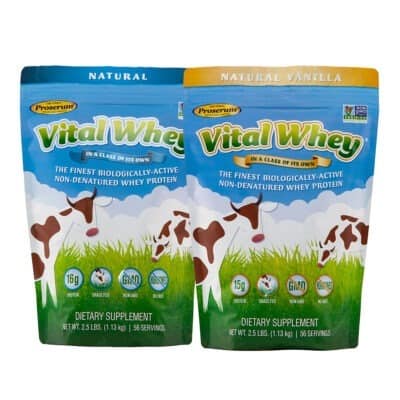
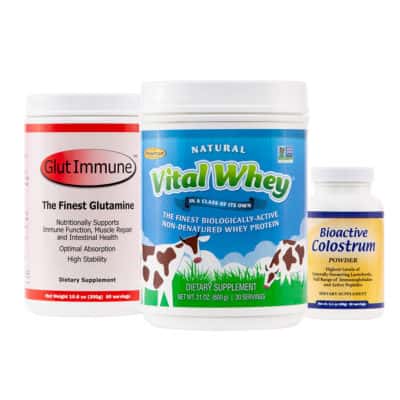
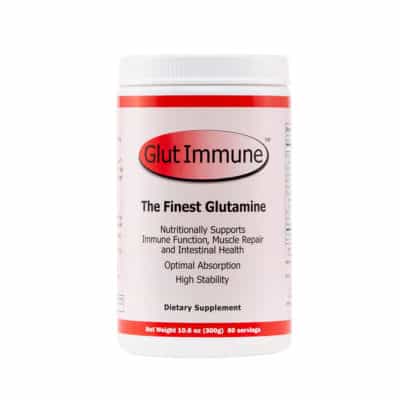
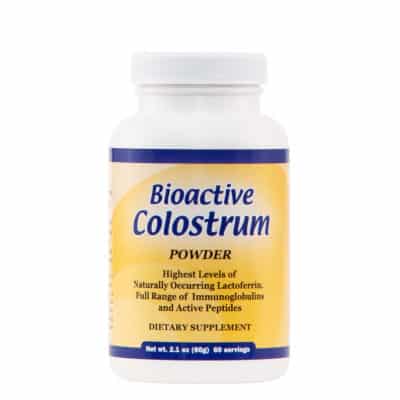
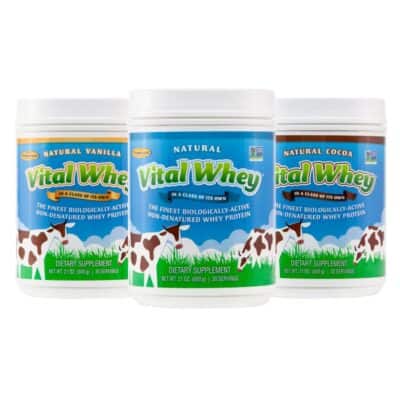
I aim 50 years of age and have always been into exercise and supplementation especially whey protein. You can imagine with my age how many whey protein products I have tried and found none that was easy on my stomach and didn’t bloat me. Until recently a 4 generation pharmacists introduced me to your whey protein. Amazing product I have it everyday with breakfast and I can’t remember when I had whey protein and went about my day without bloated uncomfortable tummy. So I have been recommending your protein to all family and friends.